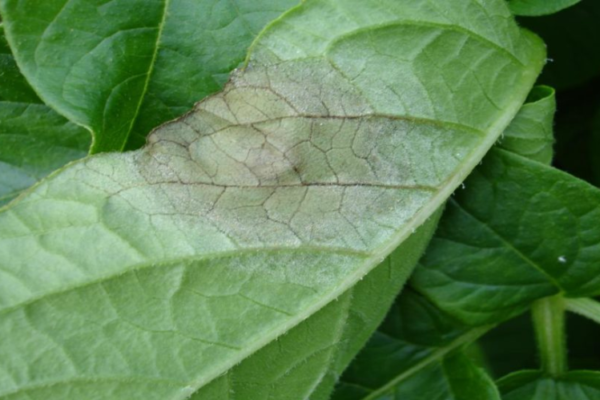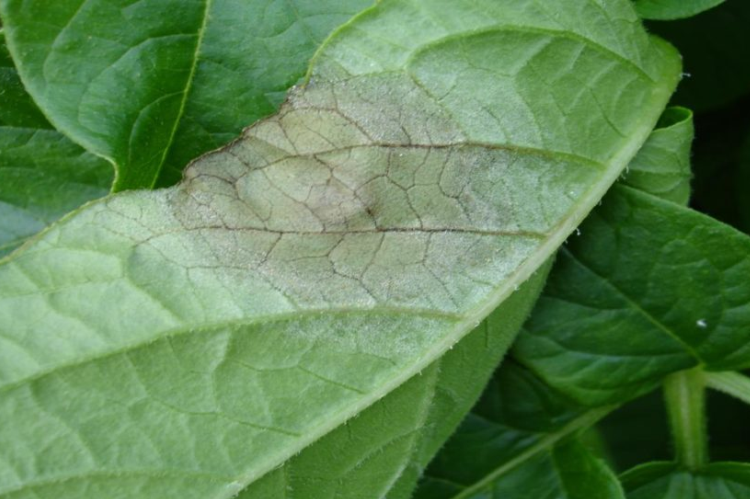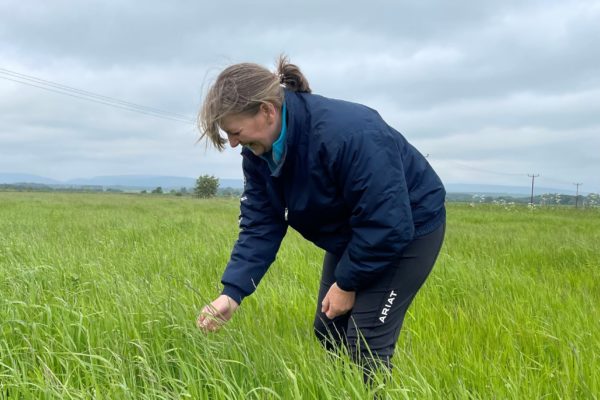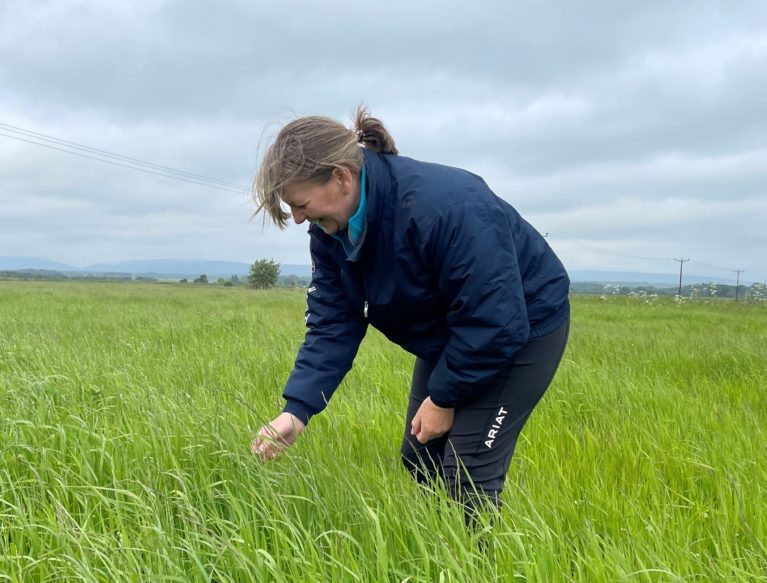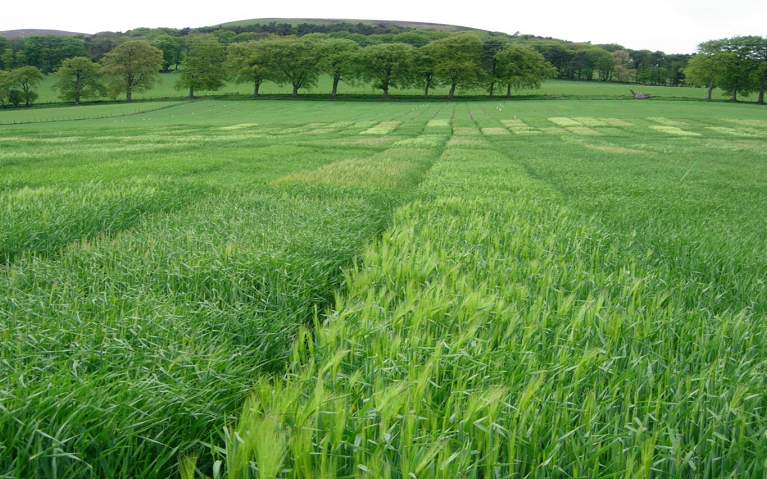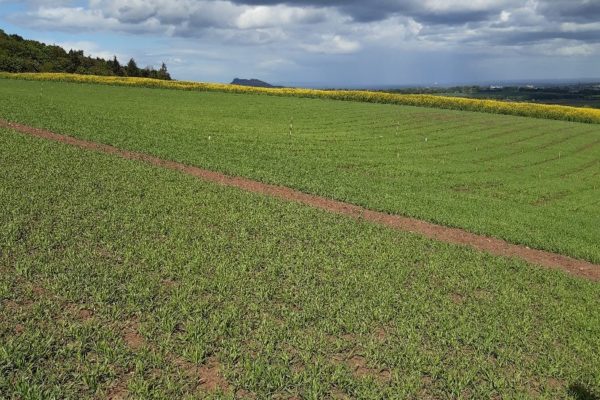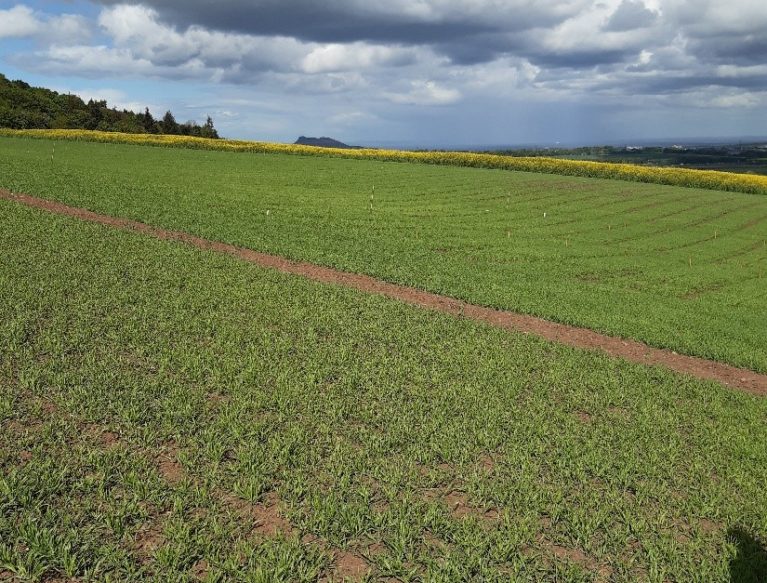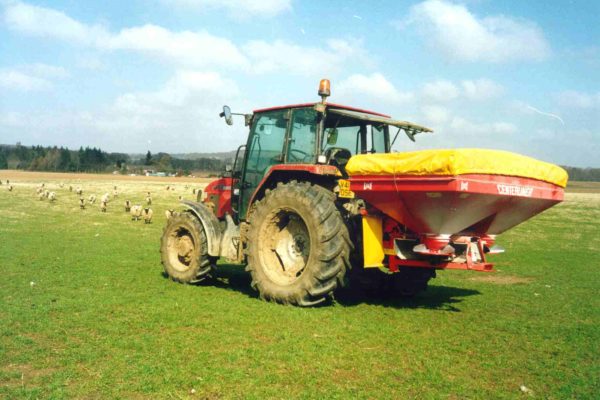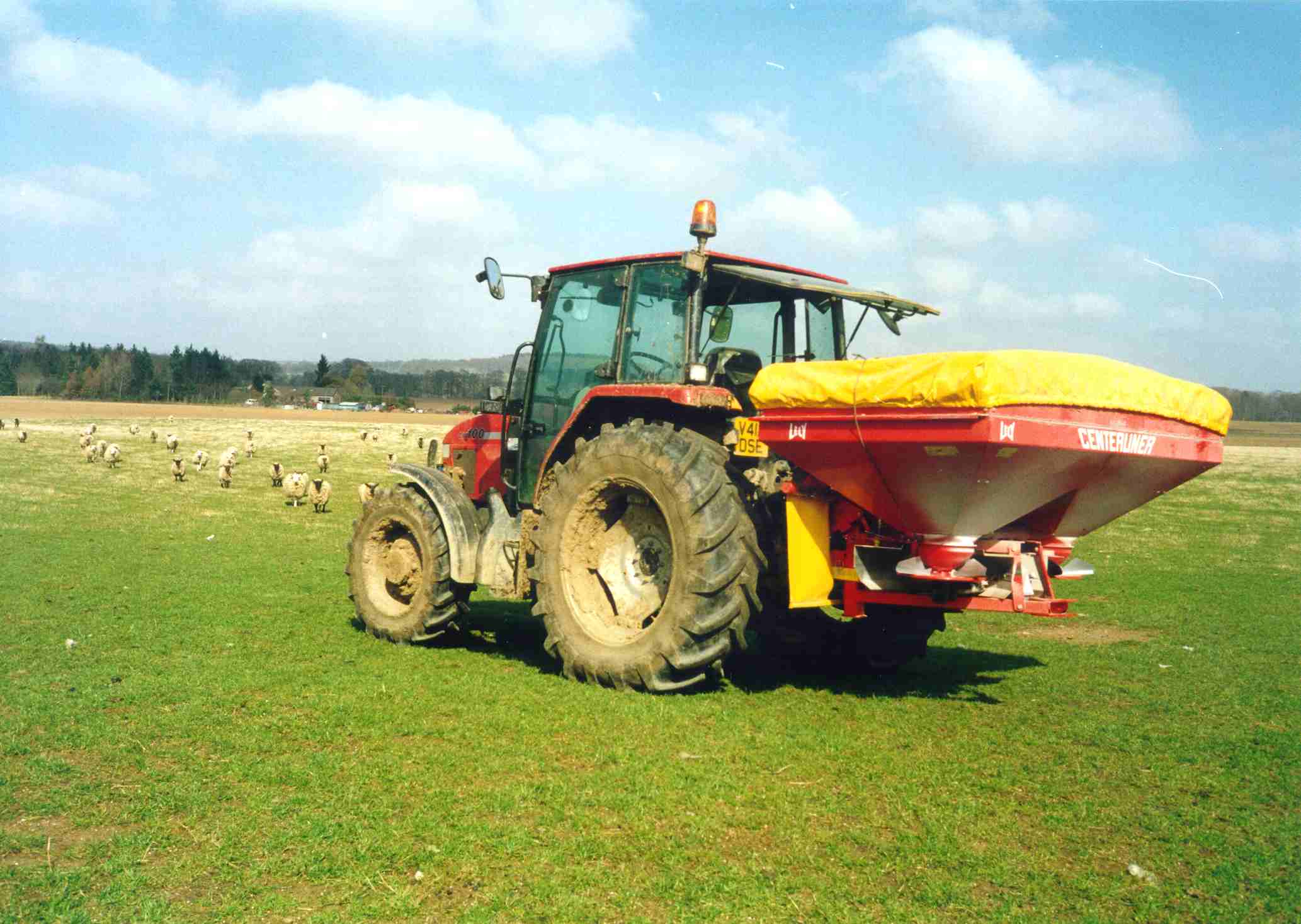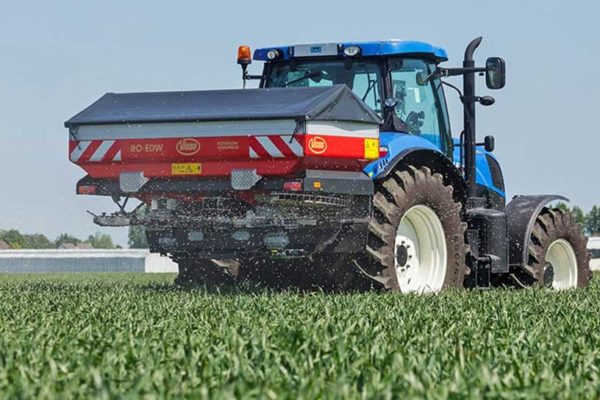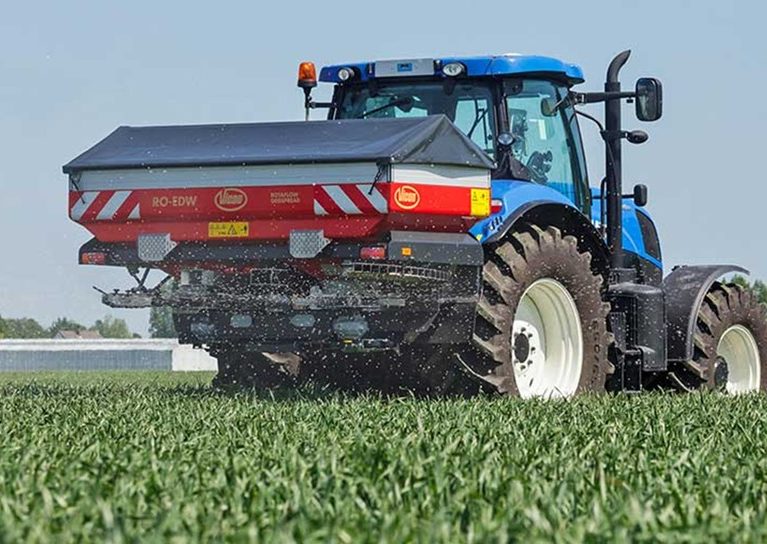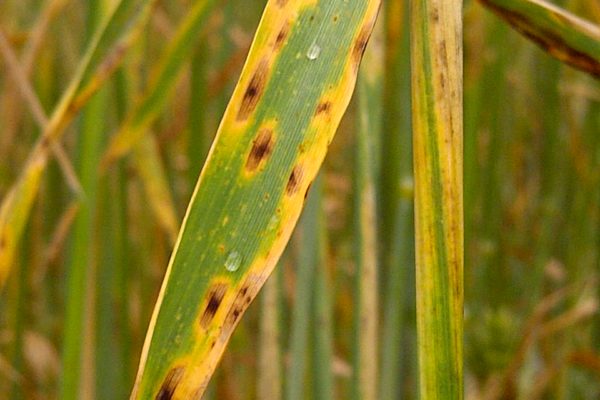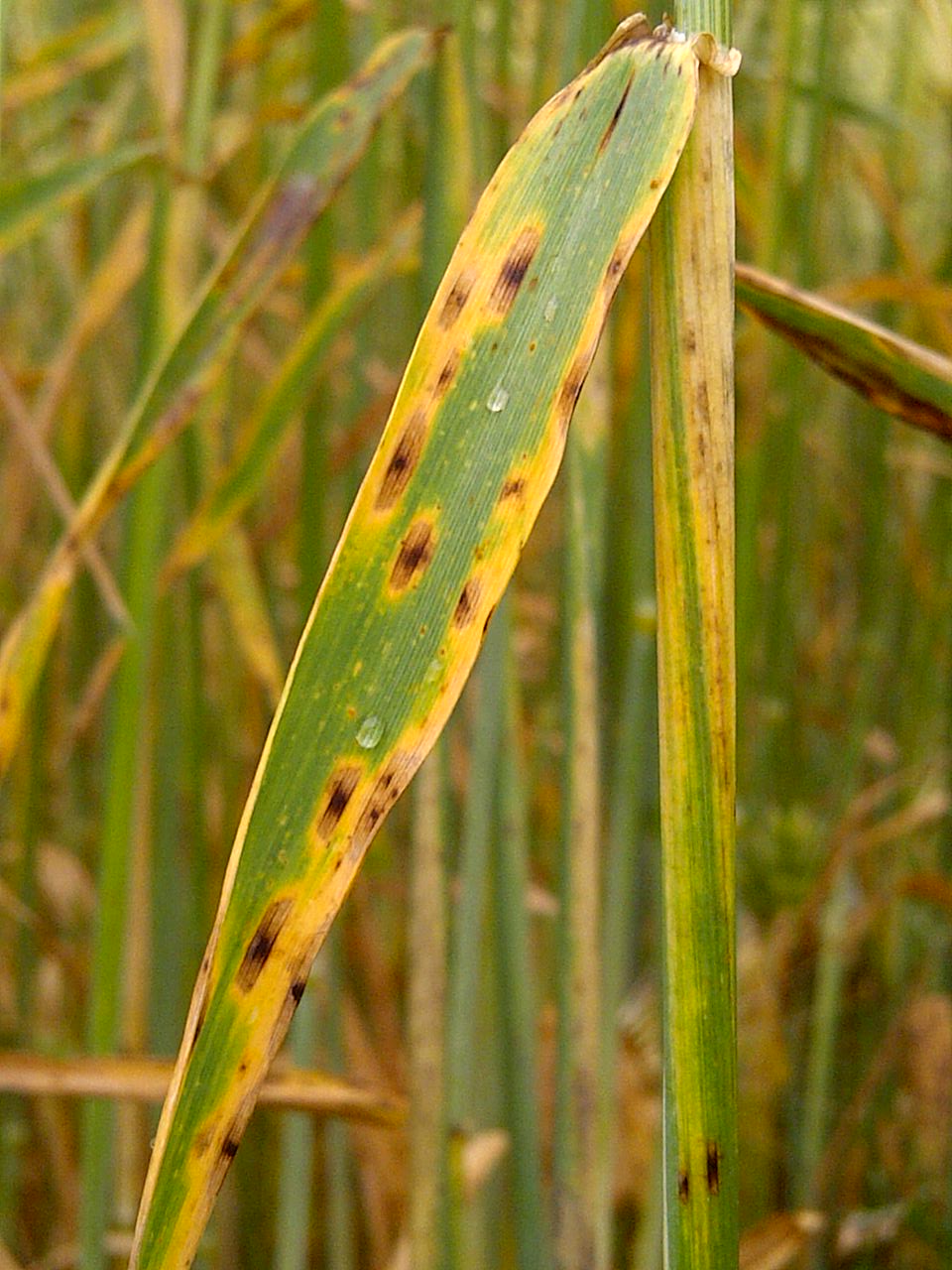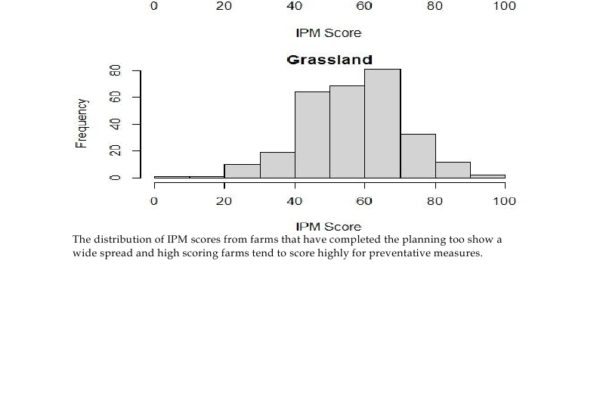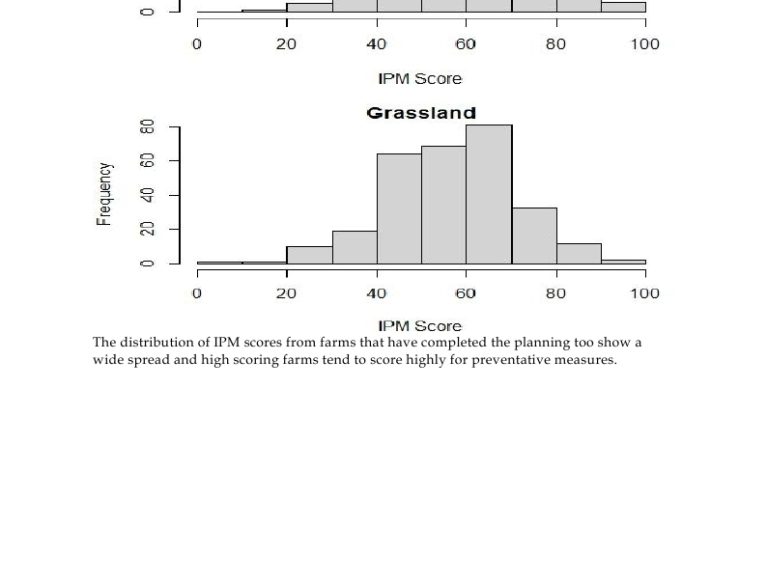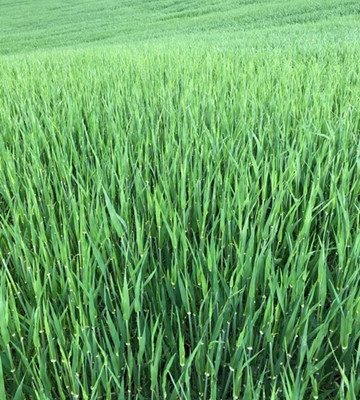Crop Health
Potato Blight Management Needs to Start Early
As with so many things, prevention is better than cure and eliminating the obvious sources of blight are just as important as ever. Managing volunteers and controlling growth on dumps…
Read More >Inverness Women in Agriculture Group
Fertiliser prices are in the news, but how do you make the best use of the soil you have to grow grass and crops?
Read More >Managing Disease Risks in Spring Barley 2022
Spring barley crops have brairded well and nice even emergence and good plant counts are the norm. For the most part Scottish crops have had just enough moisture in contrast…
Read More >Crop Health Updates – April 2022
A spell of dry weather and some chilly winds have left a few crops tipped, but in the main both winter and the emerging spring crops all look well. The…
Read More >Can I cut back on Nitrogen?
The last 12 months has seen unprecedented increases in costs of inputs to farmers and the immediate outlook could see markets and supply chains in chaos around the world. For…
Read More >Thrill of the Hill – Great Yellow Bumblebee
2017 saw the start of Scotland’s Pollinator Strategy, now in 2022 and half way through a ten-year plan, the role and importance of pollinators has only become more significant. Pollinators…
Read More >Nutrient Grain Analysis – Highlands Soil Discussion Group
The group submitted at least 1 grain sample of malting spring barley and they were analysed through the lab. The meeting will discuss the results and compare Nitrogen, Phosphorus, Sulphur, Manganese, Potassium Magnesium, Zinc and Copper against AHDB research minimum values that may affect yield. The group will then compare what trace elements they use and how much they apply. After identifying any deficiencies, we will try to identify any possible reason they are low such as soil conditions. Fertiliser applications will also be discussed.
Read More >Disease Planning Starts Early
Planning out a disease management strategy in cereal crops needs to start earlier than usual this season. Programmes can be adjusted as the season goes on but setting out the basic framework makes it possible to work in a diversity of chemistry to minimise resistance risks and cover the main diseases and timings.
Read More >Integrated Pest Management – Top Tips from High Scoring Farms
The IPM planning tool for Scottish growers is starting to give useful insights about what high scoring farms do and where they get their information. Filing in an Integrated Pest Management plan is now standard practice on most arable farms and is a useful tool to explore what can be done on individual farms to increase IPM practices. IPM plans are also being picked up across mixed and grassland farms too. Almost 5000 arable plans have been completed to date for arable farms and nearly 300 for grassland plans – just launched at the end for 2021. Average scores for arable farms are 64.8% and for grassland farms 56.9%. This provides really positive evidence about what the farming industry is already doing to produce crops in integrated and sustainable ways.
Read More >Crops and Soils Focus Group – South West
The Crop and Soil Nutrient Network Focus Group provides an opportunity to get together with growers in your local area to discuss the latest developments within crops and soils helping to improve the profitability and resilience of your business. Participation in this small group provides the opportunity for members to challenge, be challenged, hear from specialists, and share their own experiences on managing crops and soils in their regional area. The speakers for this meeting are agronomists Gavin Stewart and Jan Vos.
Read More >
